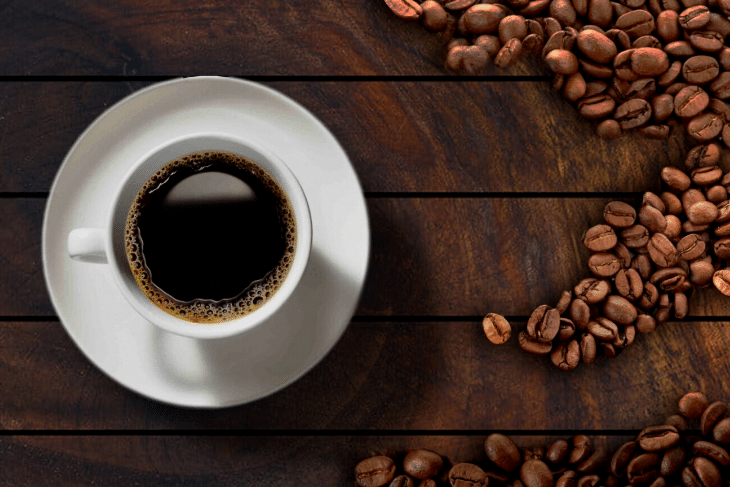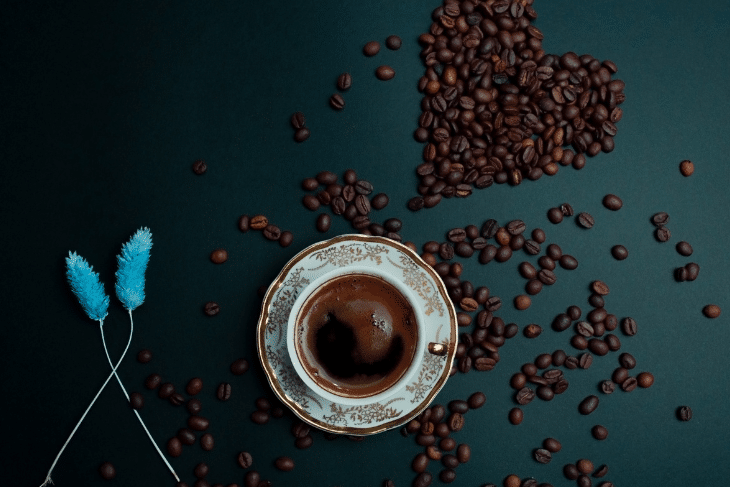How to Brew a Perfect Espresso Shot Like a Barista

Nothing beats the taste of a perfectly brewed espresso shot for coffee enthusiasts. The perfect cup can be challenging, especially for those new to the art of espresso-making.
There are several factors to consider while making espressos, such as selecting the right beans, controlling the brew temperature and pressure, and so on. With the right understanding and techniques, you can brew like a barista and make a delicious shot of espresso.
In this guide, we will explore the essential steps to make the perfect espresso shot, including the tools and techniques to use. So, whether you are a coffee lover looking to enhance your home brewing skills or a beginner looking to learn the basics, this guide is for you.
What is Espresso?
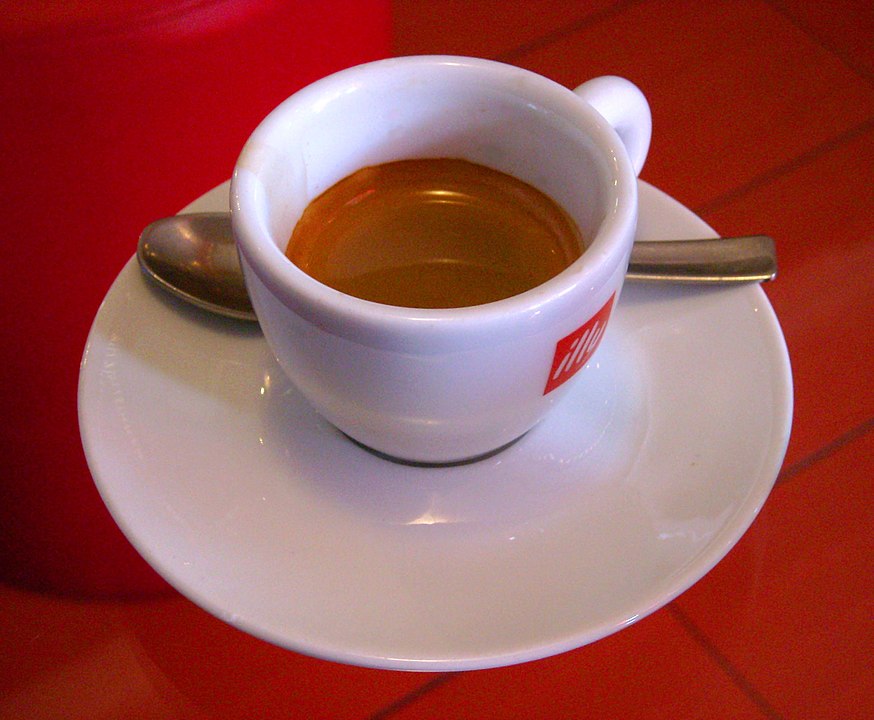
Espresso is a coffee beverage that originated in Venice, Italy. It is made by forcing hot water through finely-ground coffee beans at high pressure, resulting in a concentrated and flavorful shot of coffee.
The shots are typically served in small cups and can be enjoyed on their own or used as the base for other popular drinks such as cappuccinos and lattes.
Ingredients: Quality Beans & Fresh Water
When it comes to making an excellent espresso shot, the quality of your ingredients can make all the difference. Starting with high-quality coffee beans is crucial for getting a rich and flavorful shot. You should look for beans that are freshly roasted and specifically labeled as espresso beans.

In addition, using fresh water is equally important. Ideally, you want to use filtered or bottled water that is free from any impurities or additives. This will ensure that your espresso shot doesn’t have any unwanted flavors or odors that can be caused by using tap water.
You have to carefully measure out coffee grounds and tamp them down evenly in the portafilter. By using high-quality beans and fresh water, along with proper technique in brewing, you’ll be able to create a deliciously smooth and satisfying cup of espresso every time.
Preparation: Grinding & Tamping
Grinding and tamping are important to make espresso. The grind size affects the rate of extraction, hence it’s important to get it right. A finer grind is ideal for espresso because it offers a maximum surface area for water to pass through and extract flavor from the coffee beans.
If the grind is too coarse, you will end up with under-extracted coffee that tastes weak. On the other hand, if it’s too fine, your coffee will taste bitter.

Once you have determined the appropriate grind size for your espresso, it’s time to tamp. Tamping ensures an even distribution of coffee grounds in the portafilter which helps with consistent extraction.
Use a tamper and apply firm pressure by twisting your wrist while pressing down on top of the ground until they form a flat surface- aim for about 30 pounds of pressure when tamping.
It’s important not to overlook these preparation steps as they play a major role in determining how good your espresso will taste. With practice and attention to detail, you can master grinding and tamping techniques and achieve delicious results every time you make an espresso shot at home or work!
Extraction Process: Temperature & Pressure
Temperature and pressure play important roles in this process. The optimum temperature for extracting espresso is between 90°C to 96°C (195°F to 205°F), ensuring that the grounds are neither under-extracted nor over-extracted. Additionally, the ideal pressure is between 8-10 bars. This ensures that water passes through the coffee grounds evenly and extracts all of the flavors from them.
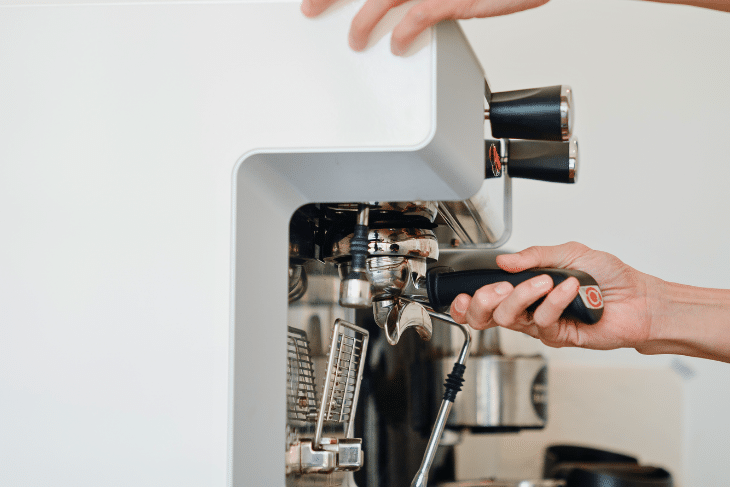
Ultimately, finding the right balance between temperature and pressure is key when it comes to making a perfect cup. A good barista knows how to adjust these variables according to their equipment and coffee beans’ unique characteristics to ensure consistent quality results with every shot pulled.
Brewing Tips: Time & Technique
Time and technique are two elements that can make or break your shot. One of the most important aspects of timing is ensuring that you extract the right amount of coffee from your ground beans.
This means finding the sweet spot between under-extraction, which will result in a weak or sour-tasting shot, and over-extraction, which will lead to a bitter taste. To achieve this balance, aim for a brewing time of around 20-30 seconds.
Another factor to consider is the pressure at which water is forced through the grounds. Too low or too high pressure can negatively impact flavor and texture. Additionally, proper tamping technique plays a significant role in achieving consistent results. To tamp correctly, place the grounds in the portafilter basket and apply firm pressure with a tamper until they are level.
By mastering these essential techniques and taking note of your timings with each brew, you can create perfect espresso shots consistently every time!
Perfecting the Shot: Creamy Crema & Syrupy Body
The crema is the frothy layer that sits atop the shot, while the body refers to the texture and density of the liquid. To get both right, it’s important to pay attention to your equipment, technique, and ingredients.
Firstly, ensure that your espresso machine is clean and calibrated correctly. Use freshly roasted coffee beans that are ground just before use for maximum freshness. When tamping down the grounds into the portafilter basket, apply firm pressure evenly across its surface to create an even extraction. As you pull the shot of espresso, watch for signs of blonding or over-extraction which can indicate a lack of crema or a thin body.
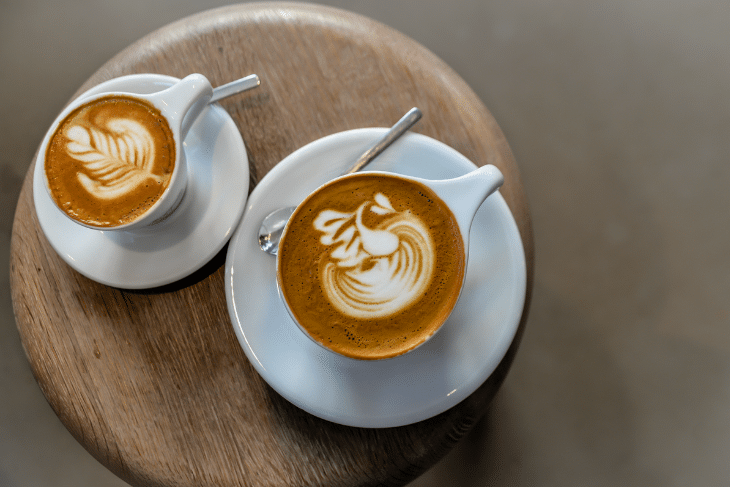
Additionally, using high-quality water can make a big difference in achieving a perfect shot with creamy crema and a syrupy body. Filtered water with balanced mineral content helps bring out all the flavors in your coffee.
Enjoy Your Perfect Espresso!
Making the perfect espresso shot requires patience, practice, and attention to detail. The quality of the coffee beans, water temperature, and pressure all play a crucial role in achieving that perfect cup of espresso.
It is important to experiment with different grinds, doses, and tamp pressures until you find the ideal balance that suits your taste buds.


